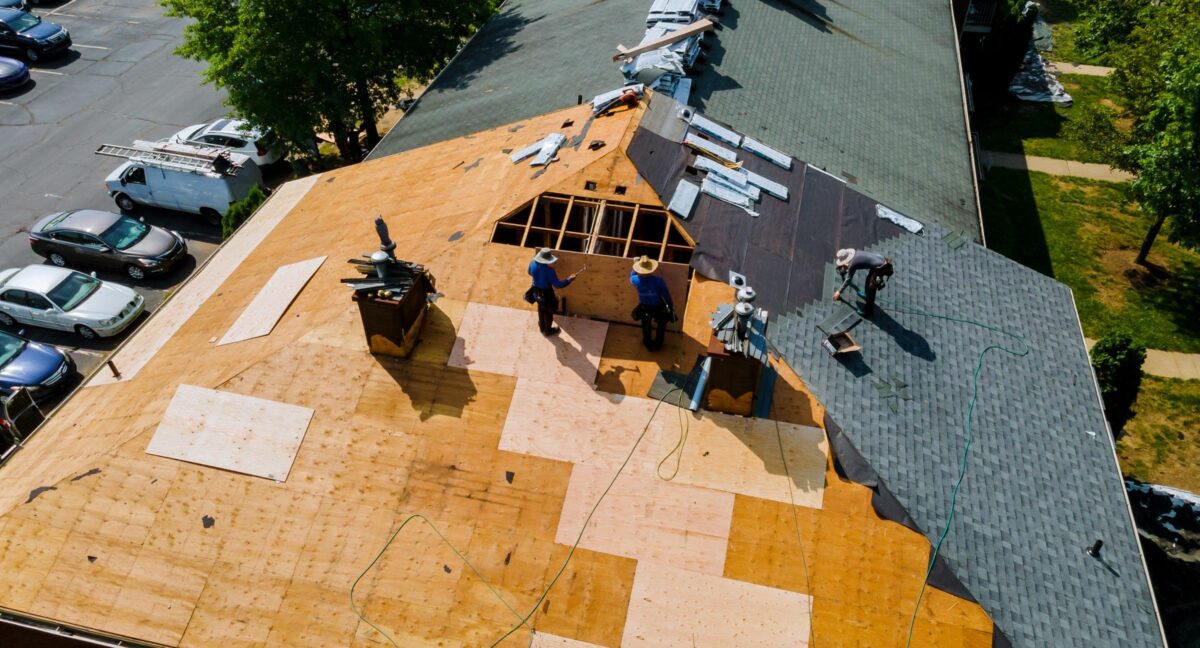Mon-Sat: 7:00am to 6:00pm

Does a New Roof Lower Your Homeowner’s Insurance in San Diego?
Replacing your entire roof is a massive undertaking, but it keeps your home safe and protects you and your family from severe weather. However, new roofs can have an unexpected impact on your insurance. So, does a new roof lower your homeowners insurance? Let’s take a look.
How Much Can a New Roof Lower Your Homeowner’s Insurance?
Homeowner’s insurance premiums, as can the initial cost of a new roof, can be hefty. You might be relieved to hear, then, that in most cases, replacing your roof results in lower homeowners insurance premiums.
Insurance companies lower premiums by an average of at least 20% once a homeowner installs a new roof. These discounts can really add up, with roof replacements typically paying for themselves in time.
Stronger Materials Lower Your Premiums Even More
In many cases, even replacing your roof with inexpensive materials will lower your premiums somewhat. However, insurance companies typically reduce your rates even further if you use top-quality roofing materials.
Insurance companies have invested vast amounts of money in laboratories that study different materials to determine their resistance to severe weather. Through that research, they have been able to group roofing materials into four classes of impact resistance:
- Class 4 Shingles: Can handle the impact of a 2” diameter ball dropped from 20 feet without cracking
- Class 3 Shingles: Can handle the impact of a 1.75” diameter ball
- Class 2 Shingles: Can handle the impact of a 1.5” diameter ball
- Class 1 Shingles: Can handle the impact of a 1.25” diameter ball
As you might have guessed, class 4 roofing materials are more expensive than the lower classes. However, the cost might be worth it. These materials reduce your likelihood of damage, save you money on insurance premiums, and generally create a longer-lasting roof.
A Quick Look at Common Roofing Materials
Impact resistance isn’t the only factor an insurance company considers when calculating a discount for your new roof. Certain materials are more durable than others, so insurers also account for that. Here’s a quick look at the durability of some common roofing materials:
- Asphalt Shingles: One of the least durable, lasting 25–30 years on average
- Clay or Concrete Tiles: Fairly durable, with clay tiles lasting 100 years and concrete tiles 35–50 years
- Aluminum: Moderately durable, lasting 35–45 years
- Copper and Zinc: Very durable, lasting up to 100 years
Determining which material is suitable for you will require considering your budget and weather factors. For example, California is uniquely predisposed to wildfires, so the fire resistance of metal, clay, asphalt, and concrete makes these materials worth looking into.
Having a flame-resistant roof in a fire-prone area reduces the likelihood of your insurance company having to pay for damages. In turn, flame-resistant materials might further lower your insurance premiums.
Need to Replace Your Roof?
Does a new roof lower your homeowner’s insurance? Now that you know the answer is “yes,” you might seriously consider replacing your home’s roof.
Next time you need a San Diego residential roofing company near you, give us a call. See why we’re a trusted option for all things roofing throughout the area.
Share this Post


